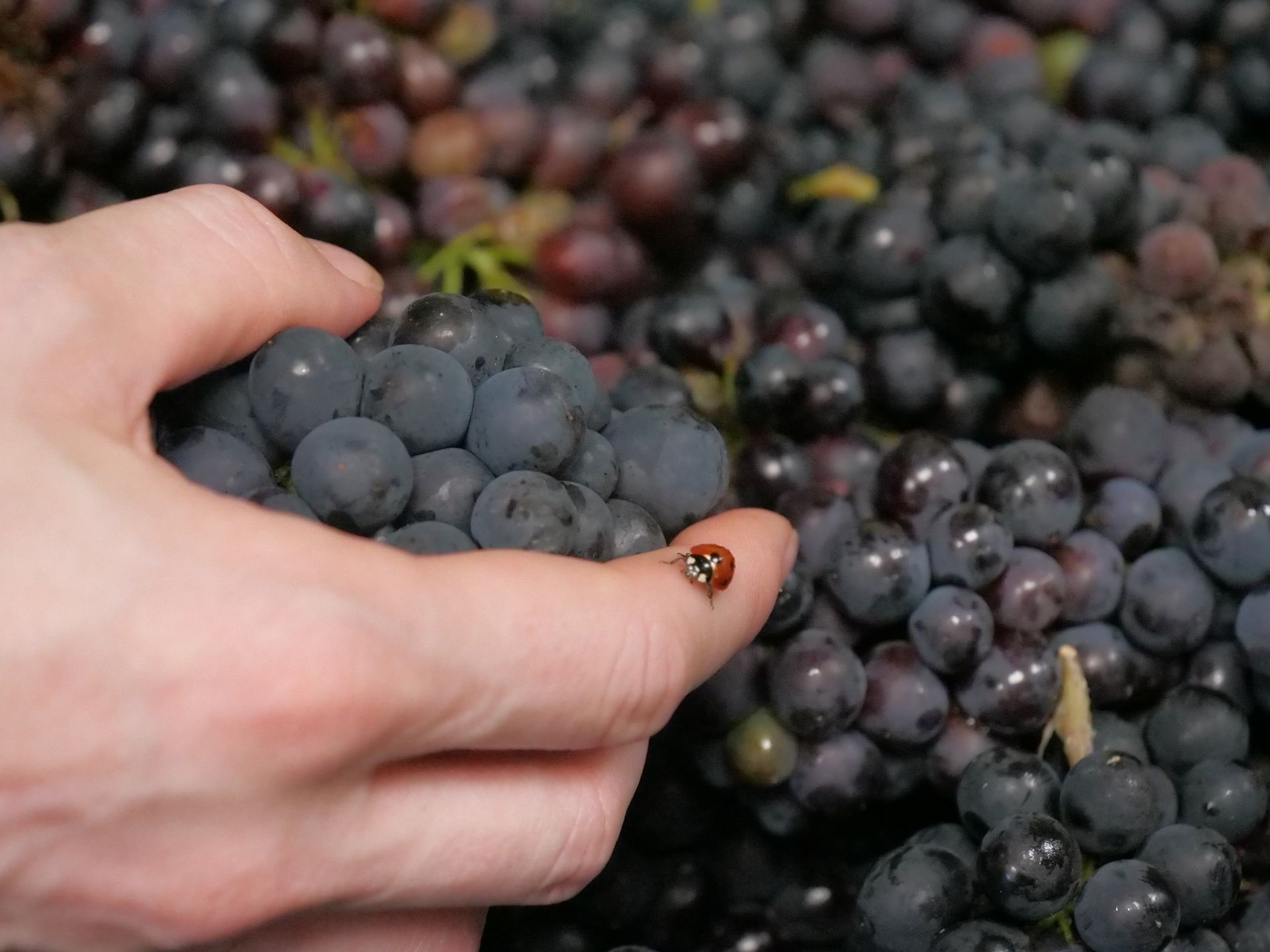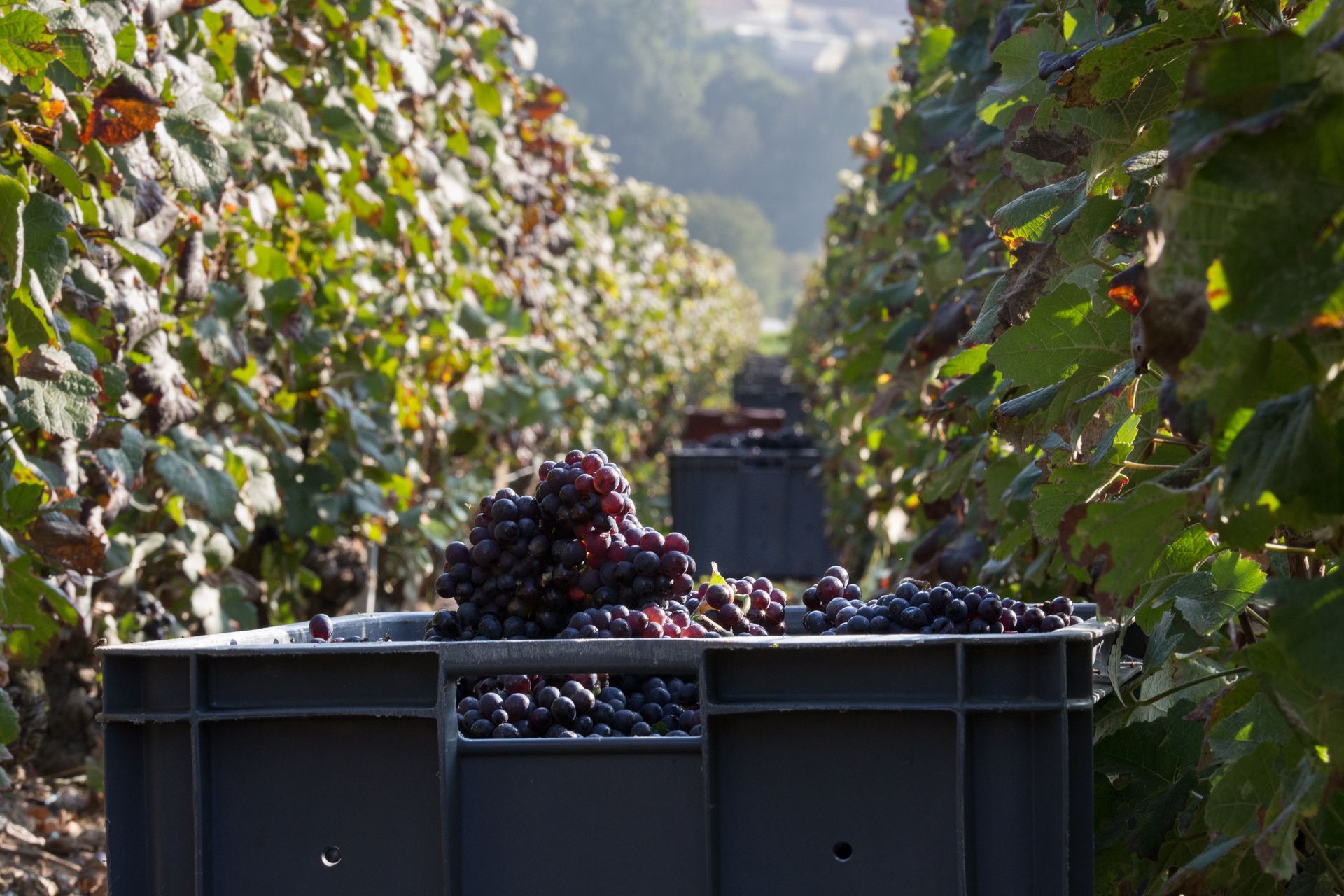
Why Wait for a Reason?
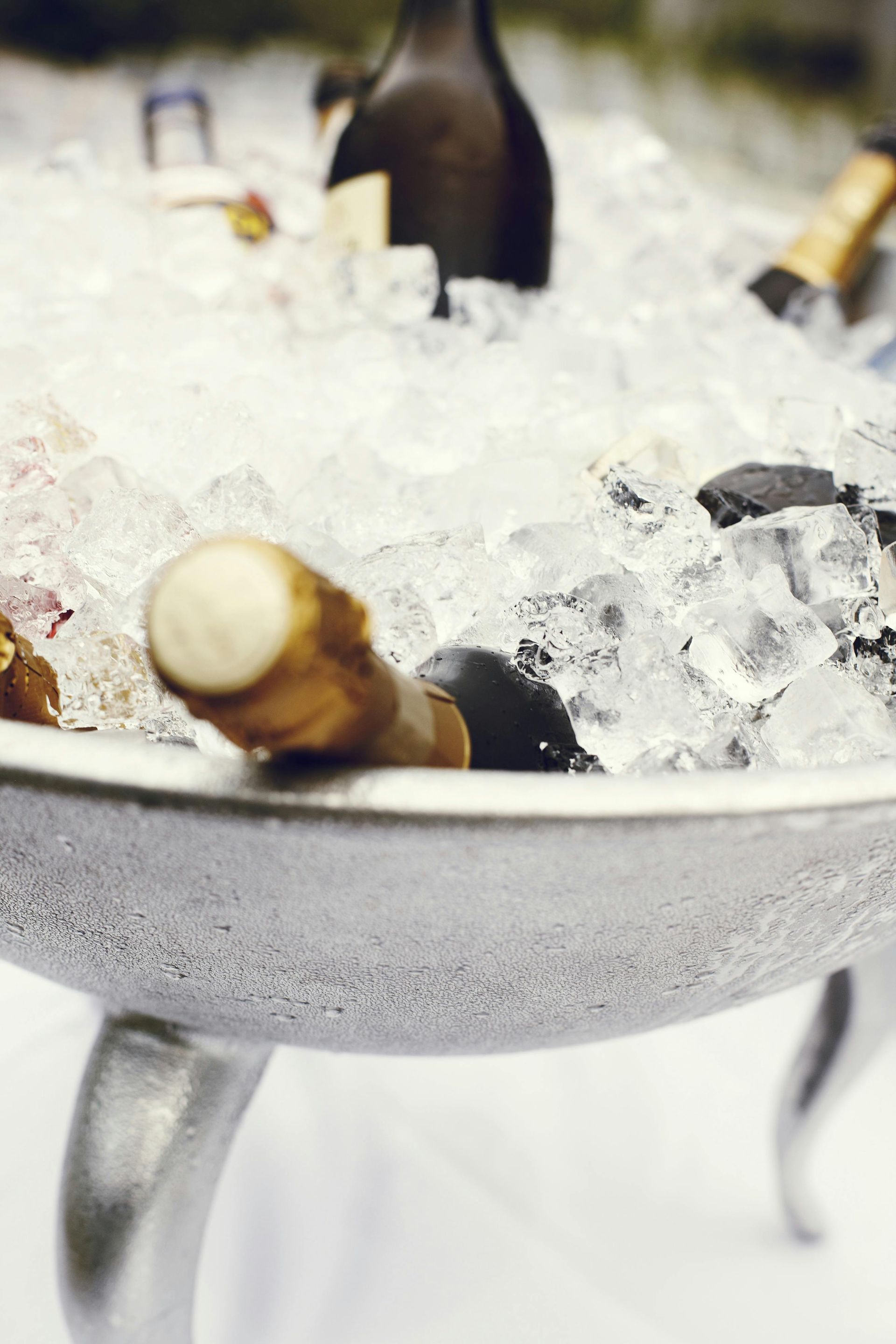
Featured Bottles: The Week’s Selection
Three Bottles I Can’t Stop Thinking About
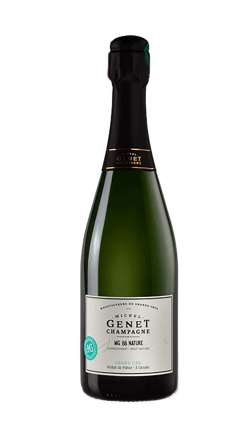
Michel Genet BB Brut Nature
This one’s got a little swagger. Darker fruit notes — yellow plum, tangerine rind — backed by a twist of chalk and a whisper of citrus peel. The mousse is fine, delicate, elevating that core fruit energy.
It’s built for conversation: with grilled scallops, a quiche Lorraine, or something messy you don’t mind getting into. And it’s generous — it invites you in, not intimidates.
(Don’t let the “nature” scare you — this is Champagne that tastes alive.)
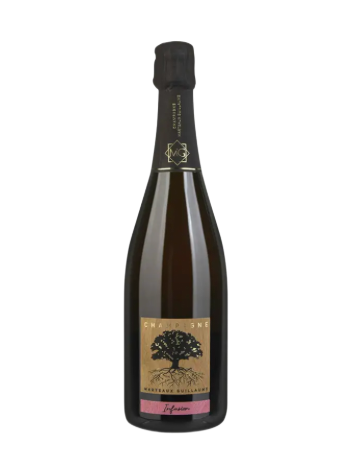
Marteaux Guillaume Infusion
This bottle reads like an experiment in lightness and layers. Think soft spring herbs, green apple, hazelnut skin, and crushed chalk dust. On the tongue it flutters — energetic, herbal, driven by curiosity rather than force.
It’s made for discovery, for asking “What is this? What’s happening here?” Drink it as an aperitif or with something herbal and fresh: herbed goat cheese, garden salad, light seafood.
It’s not Champagne that waits — it wants you to move with it.
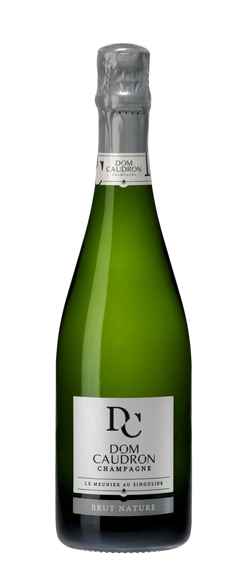
Dom Caudron Brut Nature
There’s a quiet edge to this bottle. It doesn’t plead or charm — it simply arrives.
Think: pale gold in the glass, with the scent of white orchard blossoms, fresh brioche crumbs, and a hint of saline breeze. On the palate, it trims away excess — sharp lemon pith, wet stone, firm backbone — yet it’s never austere. It has kindness in its bones.
This is Champagne that asks for nothing but your attention. It pairs beautifully with oysters, delicate seafood, or simply your own company on a Tuesday night.
The Latest from Pops

